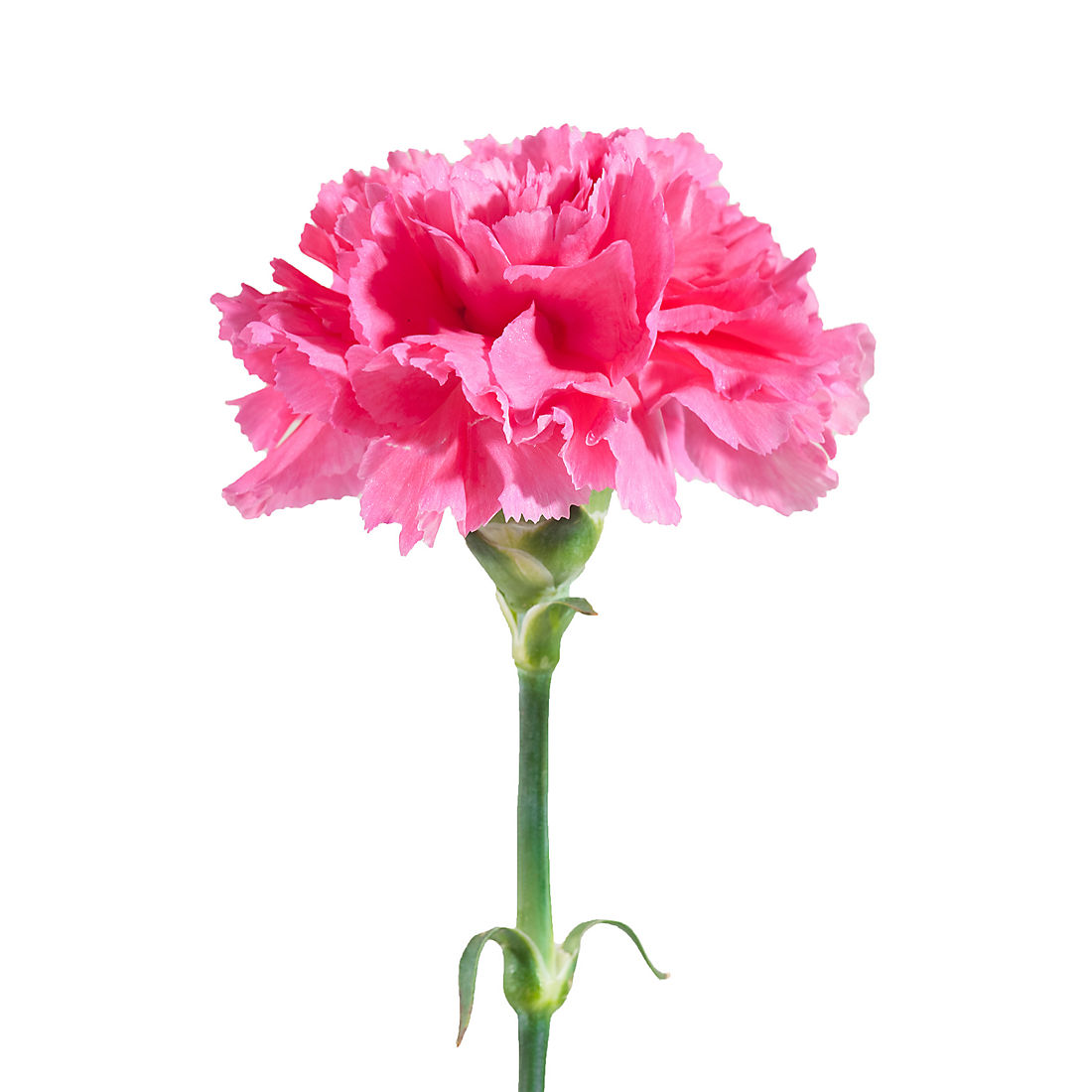Carnation - Harvesting History
By A Mystery Man Writer
Last updated 01 Jun 2024

Carnation – A Little History and Some Growing Instructions Carnations, members of the Dianthus family, specifically Dianthus Caryophyllus, have been cultivated for at least 2000 years. It was the Athenians that named the flower Dianthos, from the Greek words dios (devine) and anthos (flower). Gillyflower, another name by which the plant is known, probably came from the French who called dianthus, gelofre. Carnations probably originated in the Pyrenees as single flowered specimens, but none of these naturally occurring, single, wild varieties exist today. The beauty of its flower, its longevity as a cut flower and the ease with which it could be cultivated combined to give it instant popularity in many, many cultures. Early on, the plant was subjected to massive breeding programs and by the early 1700’s there were single, semi-double and double carnations available in crimson, blush, purple, red, scarlet, white and tawny colors. There were also striped, stippled, spotted and veined carnations with smooth or picoteed petal edges. Many of these hybrids were divided into very specific classes: Bizarre, Flake, Flame, and Picotee. The Bizarre Flowers were double or striped or variegated with four distinct colors. The Flakes were striped with only two colors. Flames were red flowers striped with black and The Picotee Flowers were white and spotted or splotched with scarlet, red, purple or other colors. Sadly, these breeding programs sacrificed the fragrance for which the flower had originally been coveted for blossom longevity. As cut flowers, the blossoms of carnations are nearly everlasting. Joseph Breck in his 1851 book, The Flower Garden, proclaimed, “There is no flower more desirable in the flower-garden than the Carnation. A well-grown, superior variety, cannot be surpassed, in elegance, beauty, or odor by any other flower…” Breck also went on to give evidence that Carnations were, generally, not very stable when grown from seed and described in detail the much preferred method for producing new plants, known as layering, saying, “The propagation of the Carnation by layers is a very simple operation. When the plant is in perfection of bloom, lay around it one and a half or two inches of compost, first gently stirring the surface so that it may combine; remove the lower leaves of the shoots selected; pass the penknife, slanting upwards, half through the joint; fasten the shoot, where so cut, about two inches under the surface, with a small hooked peg, bending it carefully so as not to break at the incision; then fix it firmly by gently pressing the earth around with the fingers, and finish by cutting off about half an inch of the upper extremities of the leaves with scissors. The sap soon begins to granulate at the wound, and throw out

In Retrospect: Carnation business flourished in Boulder – Boulder
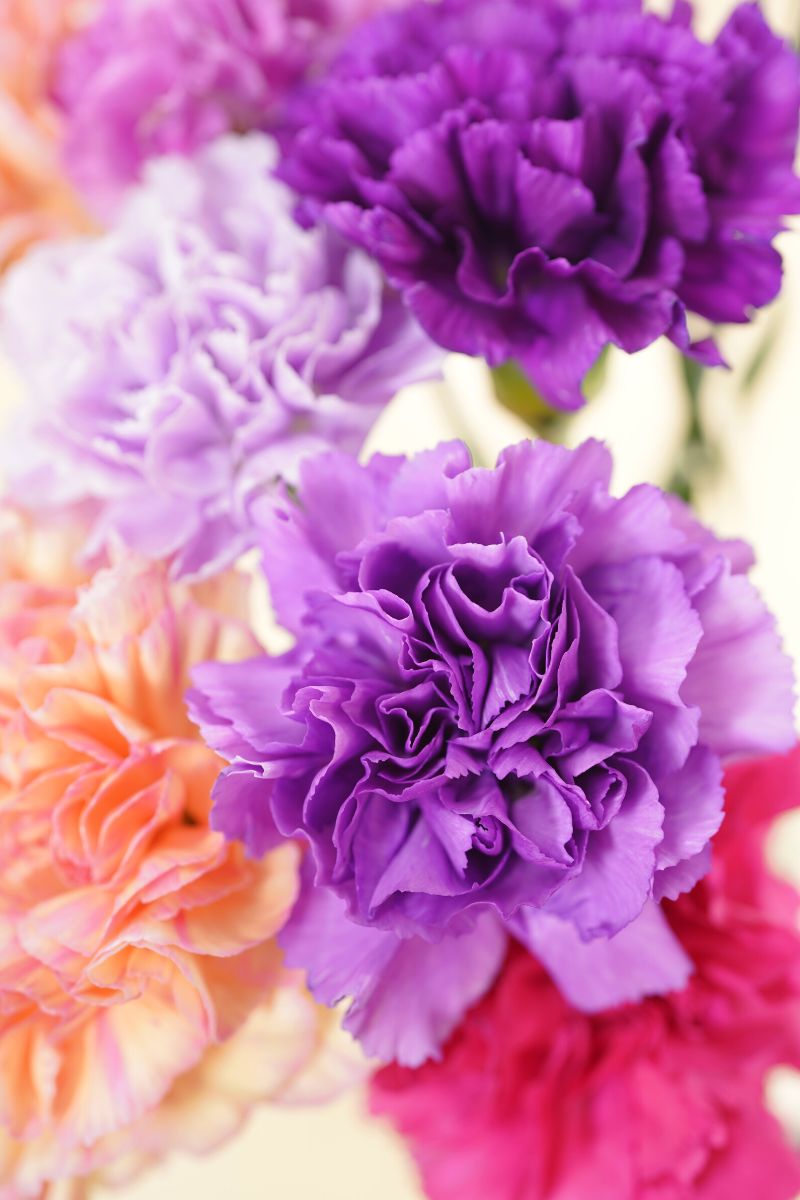
Carnations - Their Meaning, History and Care - Article onThursd

Carnations - Their Meaning, History and Care - Article onThursd
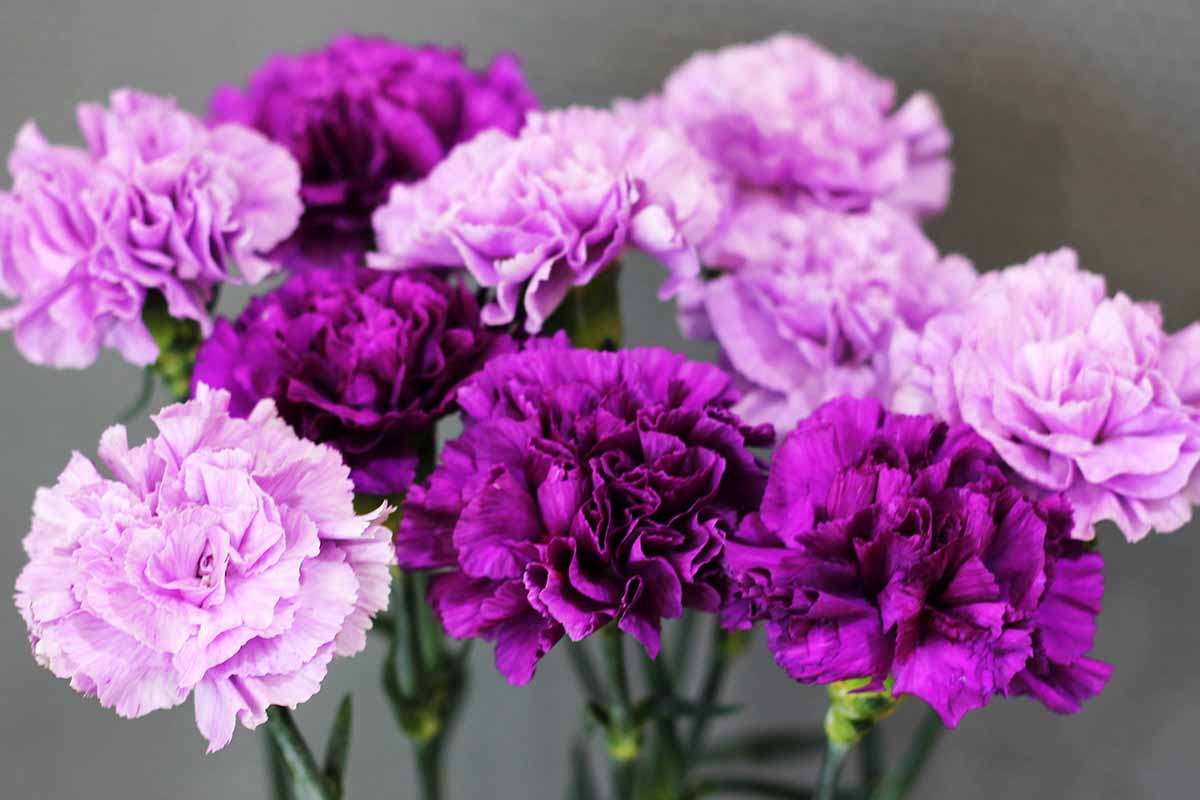
How to Grow and Care for Carnations

Chabaud Mix Carnation Seed - Dianthus Caryophyllus

How to Grow and Care for Carnation (Complete Guide)

CARNATION (Gillyflower, Clove-pink)

Chabaud Mix Carnation Seed - Dianthus Caryophyllus

The Best Perpetual Carnations To Grow In Your Garden

Dianthus Single - Harvesting History

History of the Carnation Ballroom in North Omaha – North Omaha History
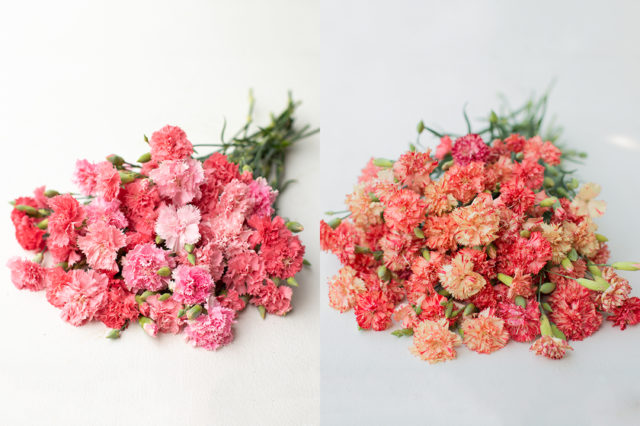
Old-fashioned Carnations for Cutting - Floret Flowers

Carnation, Description, Types, Color and Smell

Carnations - Grow Your Flowers
Recommended for you
-
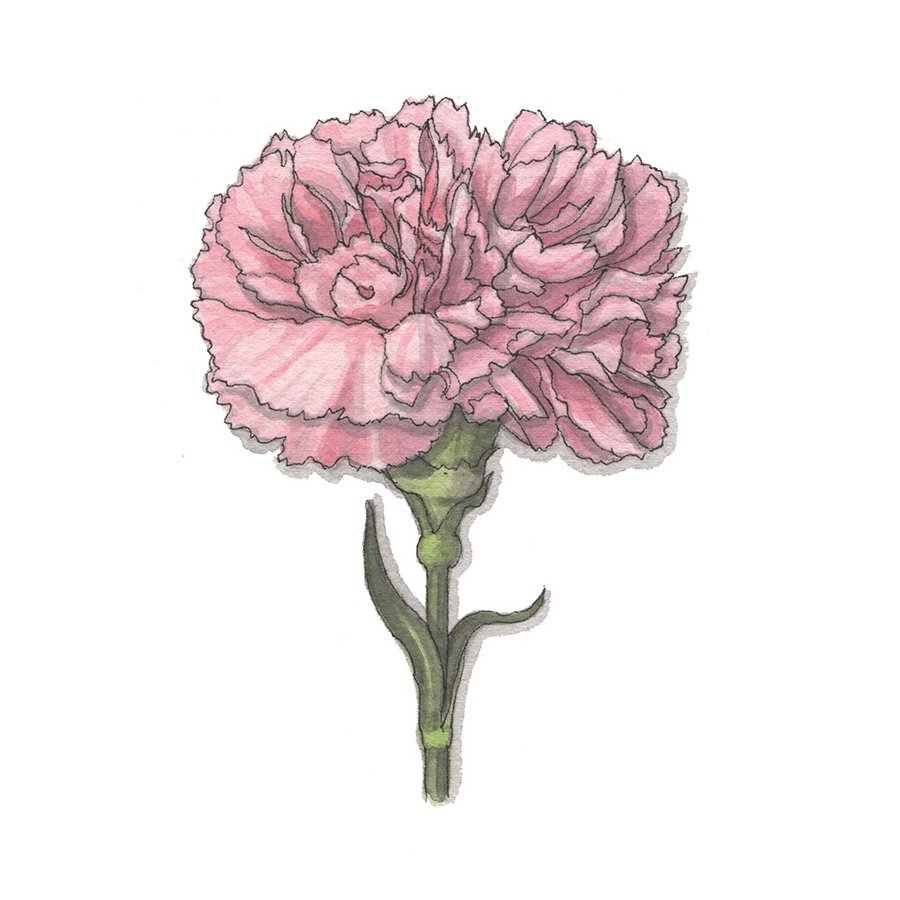 Flowers: Carnation — Yeesan Loh01 Jun 2024
Flowers: Carnation — Yeesan Loh01 Jun 2024 -
 Red Mini Carnation Flower01 Jun 2024
Red Mini Carnation Flower01 Jun 2024 -
 Yellow And Purple Carnations01 Jun 2024
Yellow And Purple Carnations01 Jun 2024 -
 Dozen Mixed Carnations – Salama Greenhouse & Floral01 Jun 2024
Dozen Mixed Carnations – Salama Greenhouse & Floral01 Jun 2024 -
Carnation Wedding Assortment, 100/100 Stems - White, Hot Pink01 Jun 2024
-
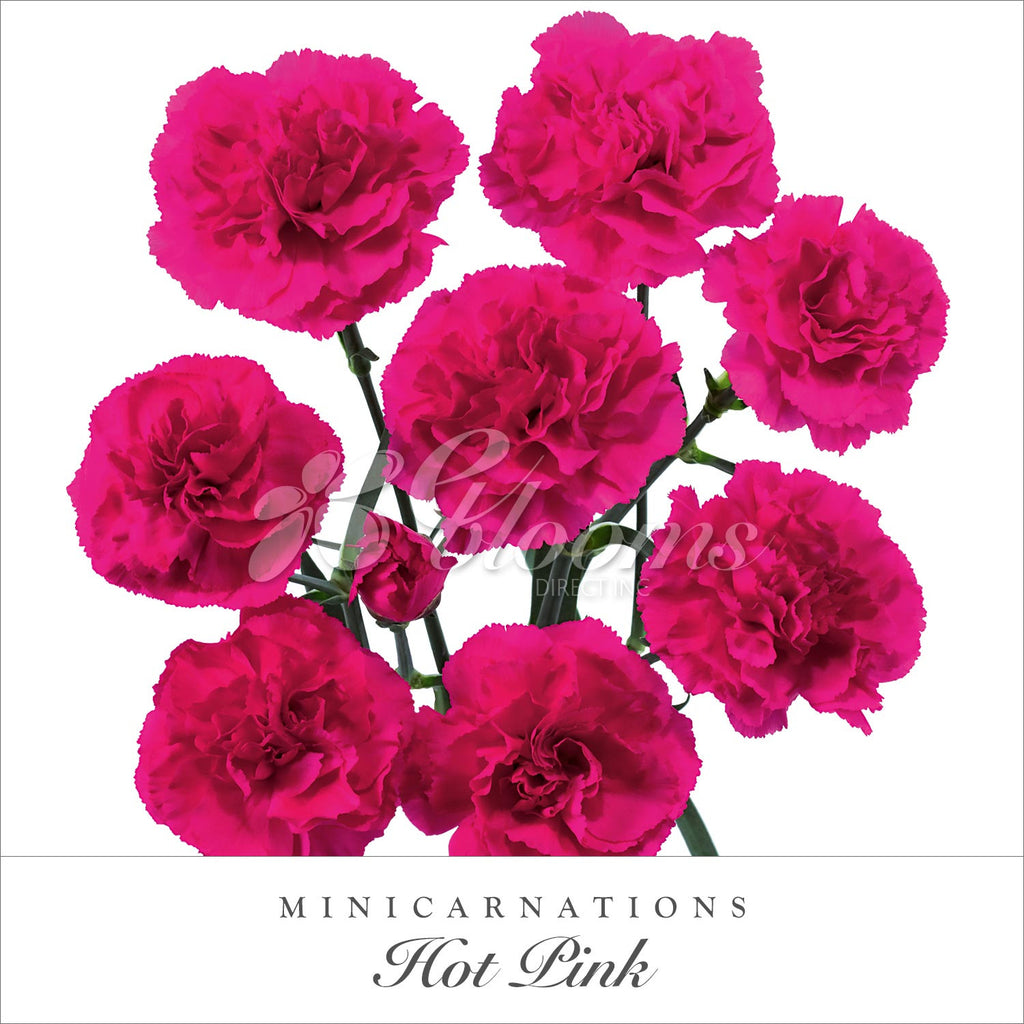 Mini Carnation Hot Pink 2019 - EbloomsDirect – Eblooms Farm Direct Inc.01 Jun 2024
Mini Carnation Hot Pink 2019 - EbloomsDirect – Eblooms Farm Direct Inc.01 Jun 2024 -
 Artificial Carnation Flowers, 10Heads Per Bunche Silk Chrysanthemum Marigold Wildflowers for Home Office Table D茅cor Wedding Flower Bouquet01 Jun 2024
Artificial Carnation Flowers, 10Heads Per Bunche Silk Chrysanthemum Marigold Wildflowers for Home Office Table D茅cor Wedding Flower Bouquet01 Jun 2024 -
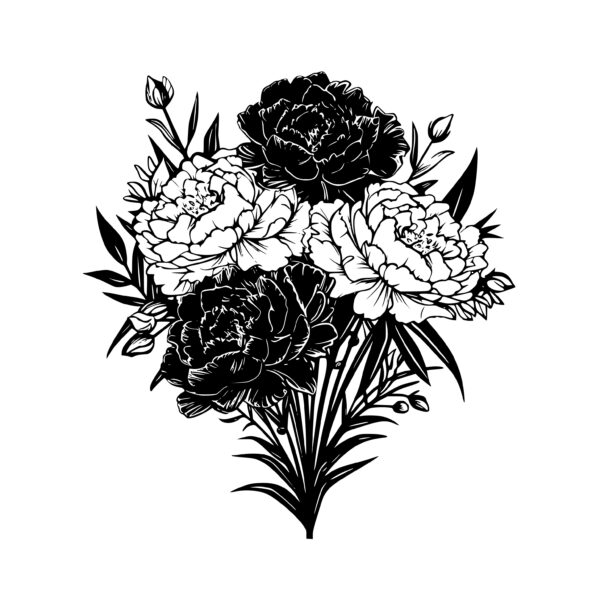 Carnation Flowers SVG, PNG, DXF Instant Download for Cricut, Silhouette, Laser Machines01 Jun 2024
Carnation Flowers SVG, PNG, DXF Instant Download for Cricut, Silhouette, Laser Machines01 Jun 2024 -
 Cheap Christmas Color Spray Carnation Flowers01 Jun 2024
Cheap Christmas Color Spray Carnation Flowers01 Jun 2024 -
 Hot Pink Standard Carnation01 Jun 2024
Hot Pink Standard Carnation01 Jun 2024
You may also like
-
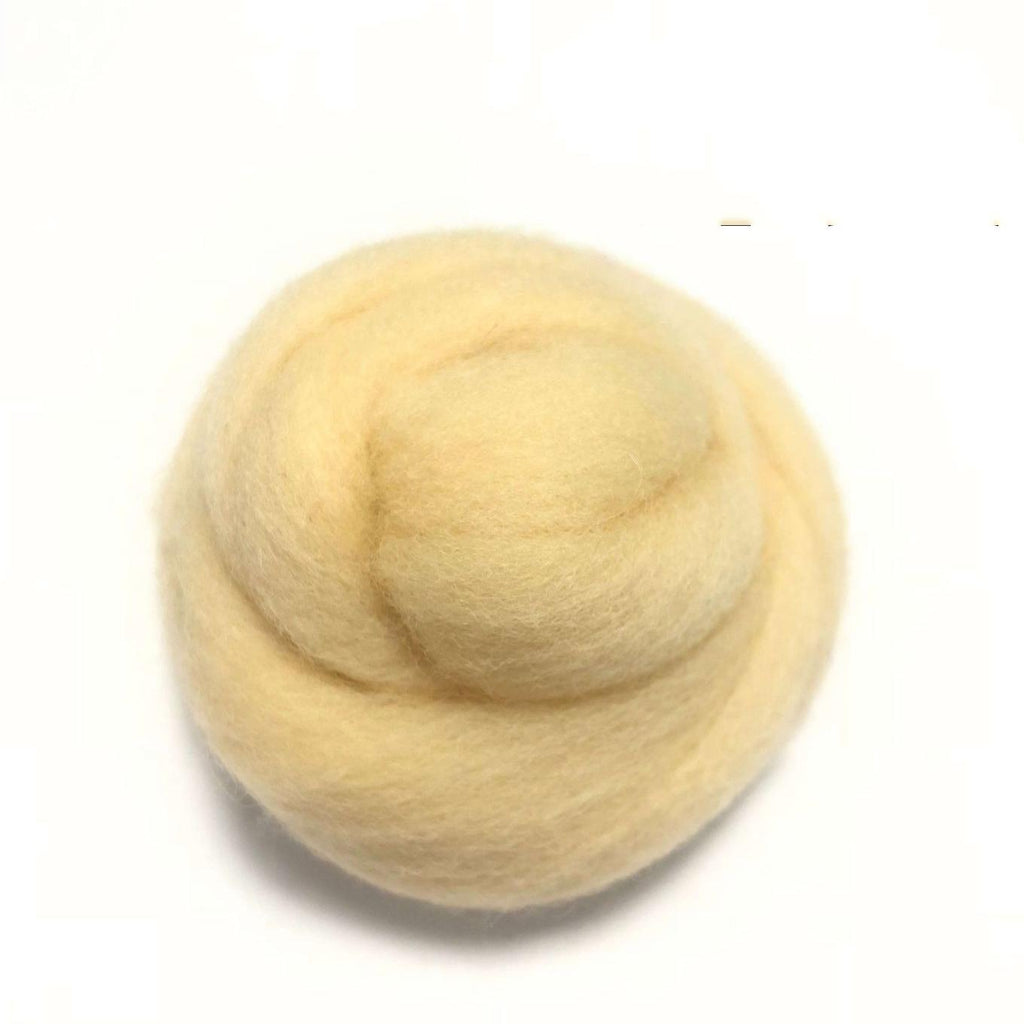 Needle Felting Wool Roving Soy Yellow 66s Merino Wool Roving For Felti – Feltify01 Jun 2024
Needle Felting Wool Roving Soy Yellow 66s Merino Wool Roving For Felti – Feltify01 Jun 2024 -
 BOENFU Wire Cutter - Precision Side Cutter 6 inch Cutting Pliers01 Jun 2024
BOENFU Wire Cutter - Precision Side Cutter 6 inch Cutting Pliers01 Jun 2024 -
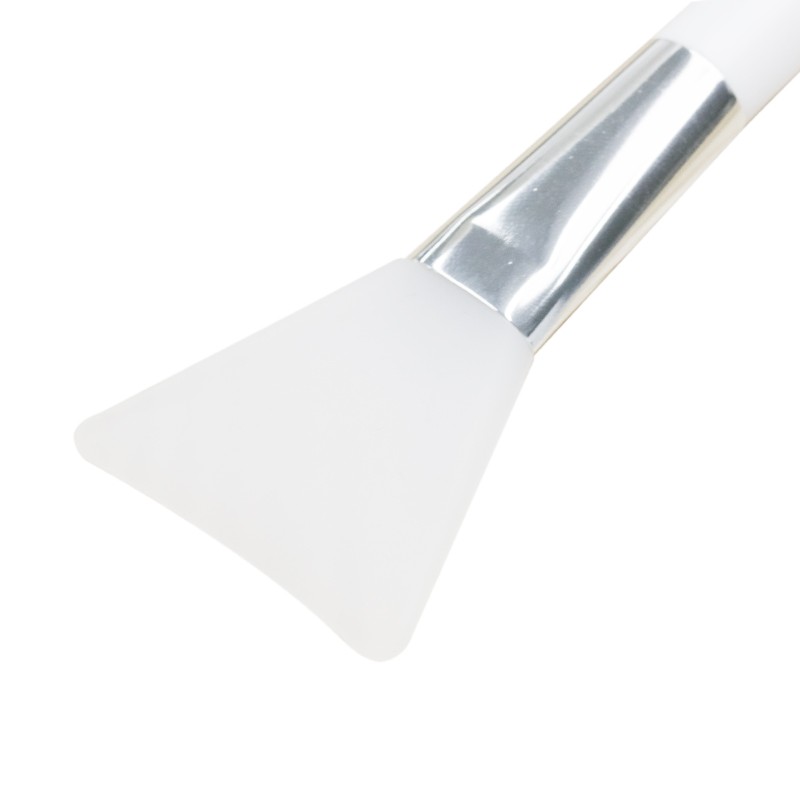 Premium Quality Silicon Glue Brush Adhesive Applicator for Installing A Hair System - LavividHair01 Jun 2024
Premium Quality Silicon Glue Brush Adhesive Applicator for Installing A Hair System - LavividHair01 Jun 2024 -
 DuoFire DUOFIRE Plastic Organizer container Storage Box Adjustable Divider Removable grid compartment for Jewelry Beads Earring Tool Fis01 Jun 2024
DuoFire DUOFIRE Plastic Organizer container Storage Box Adjustable Divider Removable grid compartment for Jewelry Beads Earring Tool Fis01 Jun 2024 -
 Cotton Balls Penguin Craft - Easy Peasy and Fun01 Jun 2024
Cotton Balls Penguin Craft - Easy Peasy and Fun01 Jun 2024 -
 Leather Portfolio 11 x 17 Landscape Laser Etching on Stainless Steel Plaque01 Jun 2024
Leather Portfolio 11 x 17 Landscape Laser Etching on Stainless Steel Plaque01 Jun 2024 -
 My Washday Routine ft. Sky Organics Curl Care Line01 Jun 2024
My Washday Routine ft. Sky Organics Curl Care Line01 Jun 2024 -
 Crayola Erasable Colored Pencils-24/Pkg Long 68-2424 - GettyCrafts01 Jun 2024
Crayola Erasable Colored Pencils-24/Pkg Long 68-2424 - GettyCrafts01 Jun 2024 -
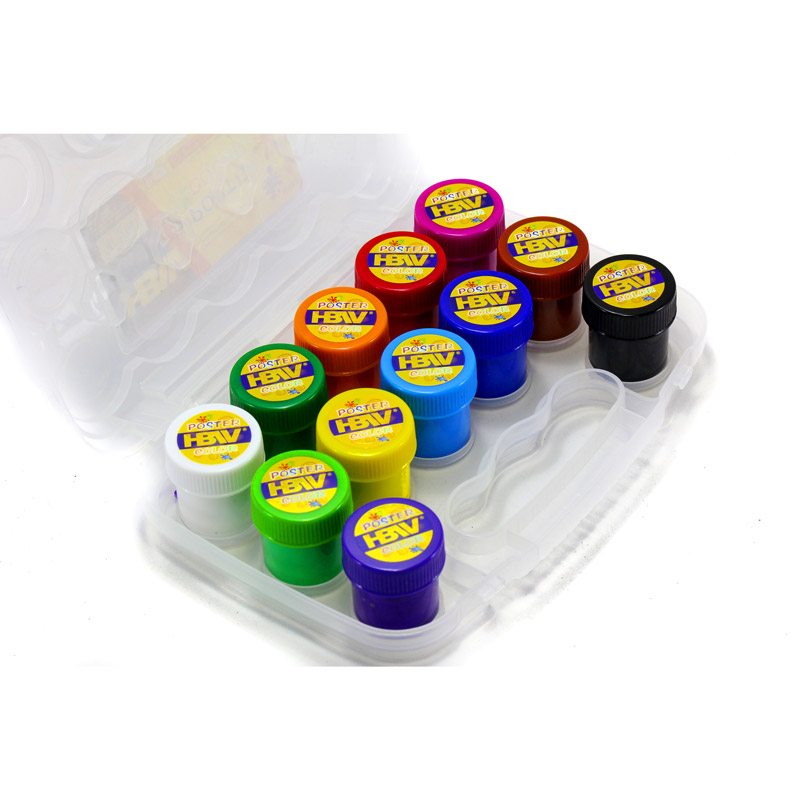 HBW Poster Color 12's with Case01 Jun 2024
HBW Poster Color 12's with Case01 Jun 2024 -
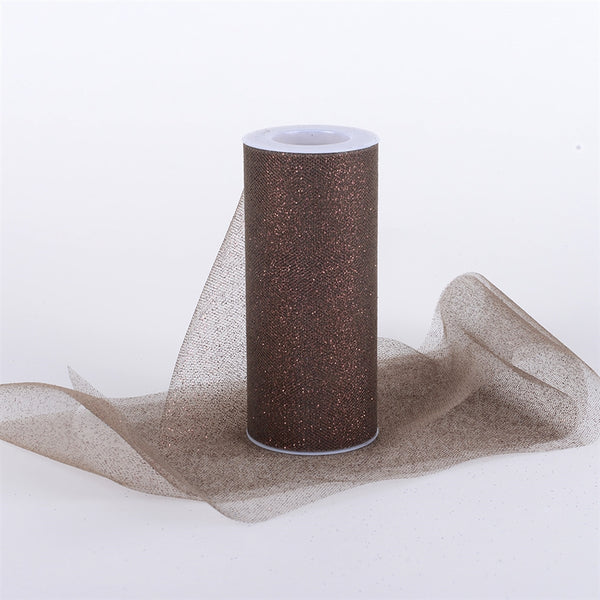 6 Inch x 25 Yards Glitter Tulle Roll – Your Wedding Linen01 Jun 2024
6 Inch x 25 Yards Glitter Tulle Roll – Your Wedding Linen01 Jun 2024
